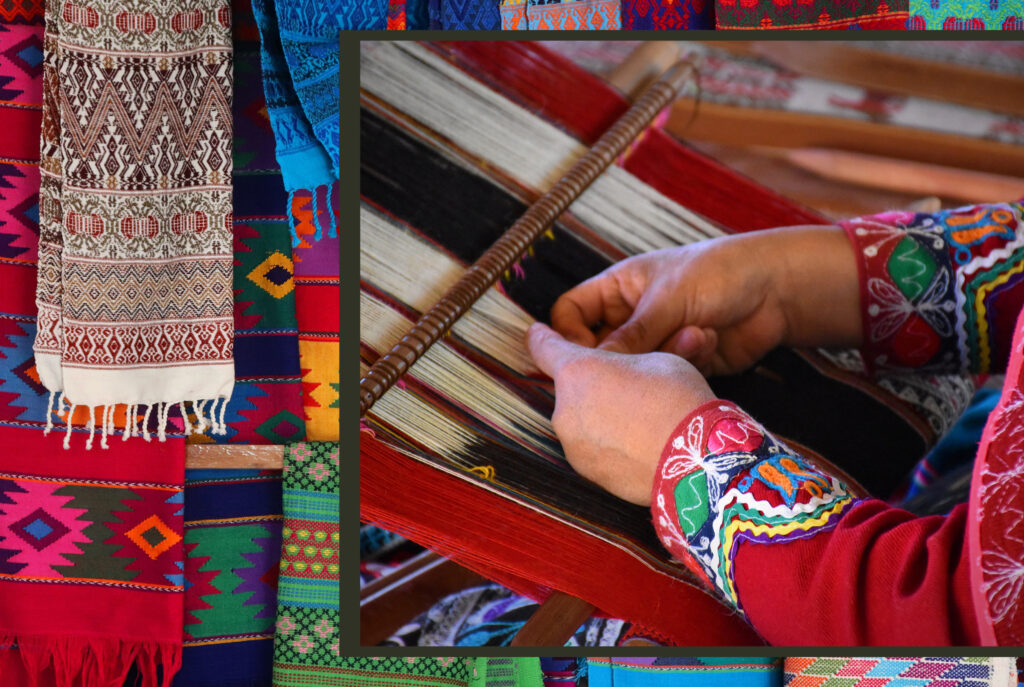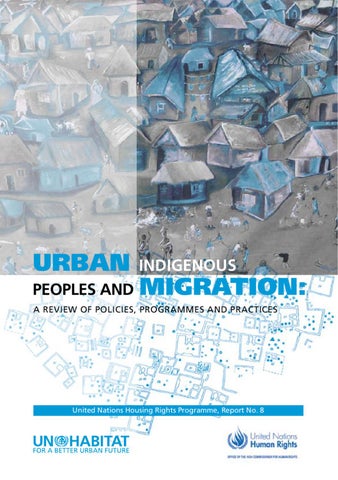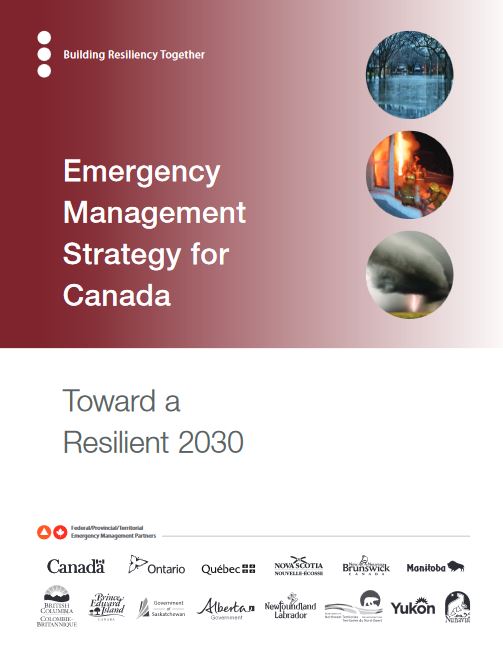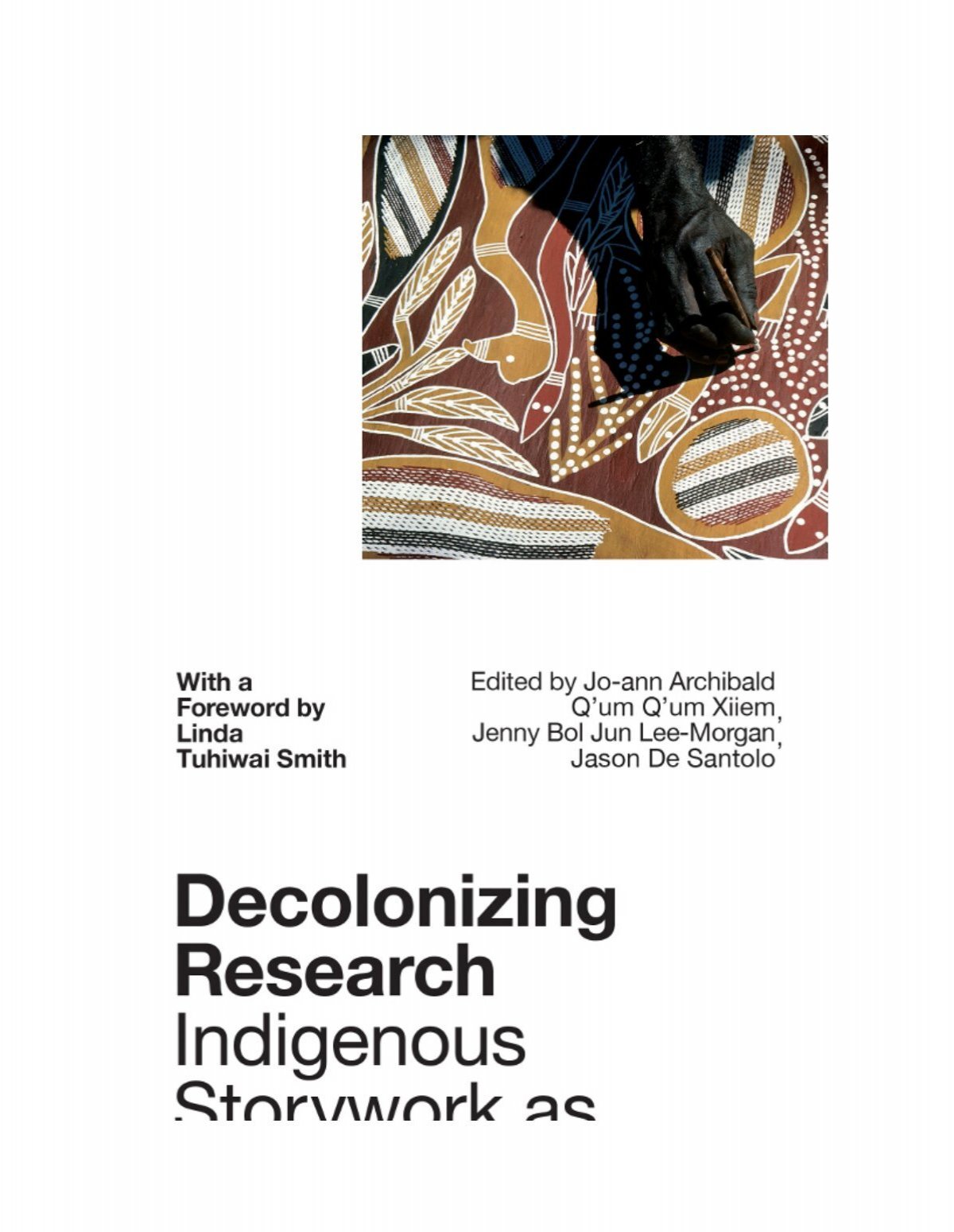In numerous remote regions, traditional healing practices play a crucial role in healthcare, often serving as the primary source of treatment for local communities. This article examines the significance of traditional healing, emphasizing its importance in areas where access to modern medicine is limited. It discusses the potential for collaboration between traditional healers and modern …
Mês: Fevereiro 2024
Fermented foods have been integral to traditional diets for centuries, valued not only for their distinctive flavors but also for their notable health benefits and nutritional value. From kimchi in Korea to sauerkraut in Germany, these foods represent the rich tapestry of cultural traditions and ethnic cuisines across the globe. This article examines the nature …
Weaving has been an integral component of human culture for millennia, with ancient techniques exemplifying the creativity and craftsmanship of various civilizations. This document examines five distinct types of ancient weaving methods, including backstrap weaving and Navajo weaving, while also exploring their historical significance. It underscores how contemporary artists are revitalizing these time-honored practices, placing …
Traditional land rights have long served as a fundamental aspect of cultural identity and community well-being for many Indigenous peoples across the globe. The interplay between these rights and modern environmental policies, such as climate policy and governance structures, has become increasingly intricate. This article examines how traditional land rights have been shaped by historical …
Urbanization presents a complex landscape for Indigenous communities, introducing both challenges and opportunities. As an increasing number of Indigenous individuals migrate to urban areas, they encounter issues such as cultural erosion, discrimination, and displacement, all of which pose significant threats to their identities and traditions. In response, many communities are implementing innovative strategies, including cultural …
Multilingual societies represent dynamic tapestries composed of various languages and cultures, thereby enhancing both individual lives and collective experiences through linguistic diversity and multiculturalism. This article aims to explore the significance of multilingualism, analyzing its advantages for individuals, linguistic minorities, and societies as a whole. By conducting a comprehensive examination of Switzerland and India—two countries …
Culture serves as the foundation of a community, influencing identities, traditions, and values that are transmitted across generations, ensuring cultural preservation. The occurrence of natural disasters poses significant threats to this intricate cultural fabric, impacting cultural heritage and social resilience. This article examines the interplay between culture and catastrophe, focusing on the effects of disasters …
Cross-cultural marriages are increasingly prevalent, reflecting a world that is becoming more interconnected and diverse. As globalization facilitates greater accessibility to travel, couples from various backgrounds are discovering love in unexpected contexts. This trend offers significant advantages through the blending of cultures, while also presenting unique challenges that these couples must navigate. Such marriages challenge …
Globalization has fundamentally transformed our world, establishing connections among nations and cultures in unprecedented ways. While it presents opportunities for collaboration and growth, it also introduces significant challenges to the preservation of ancestral knowledge—a rich tapestry of traditions, practices, and wisdom transmitted across generations, and the cultural continuity of communities. This article examines the relationship …
Culinary heritage represents more than merely food; it is a rich tapestry composed of the traditions, narratives, and flavors inherent to diverse cultures worldwide, highlighting the significance of food preservation and culinary storytelling. As globalization poses a significant threat to the preservation of unique culinary practices, it is imperative to recognize the importance of safeguarding …










